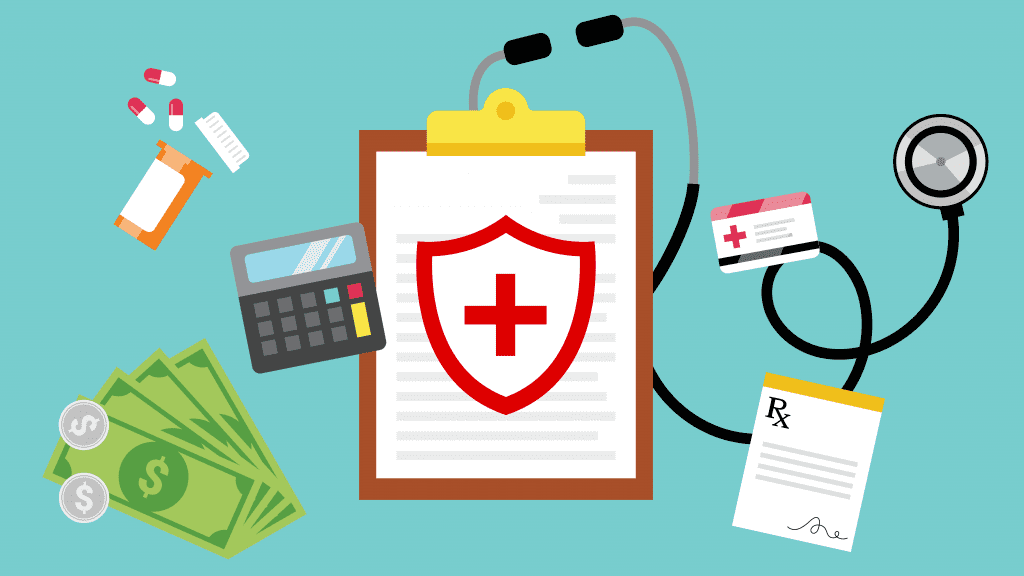How to Plan for Cancer as a Cancer Caregiver
Introduction & a bit about my story:

Throughout my experiences with cancer, it’s become clear that a plan is necessary. When scouring the internet, however, it’s hard to track down any articles that talk about the importance of one. This article will delve into not only how to plan for cancer, but also why it’s so important to do so—for the patient and caregiver both.
But first, here’s a bit about my experience with this:
About 7 months ago, my family packed up and moved from Southern California to a small town just outside of Colorado Springs, Colorado. It wasn’t for the skiing, low gas rates, or the ‘Colorado blue sky’, but for the commitment to family.
When we learned that my grandfather—my ‘Pa’, as I’ve always called him—was reeling from the after- effects of cancer and in need of round- the- clock care, we moved our whole life out West in just two weeks. In just fifteen days I said my ‘goodbyes’ to California and a senior year spent with my dear friends, and ‘hellos’ to a new school and home.
My mom, dad, and I moved into the basement (though it was a lovely basement, with windows and spacious rooms, it was still a basement) of my aunt and uncle. We moved Pa in, and my mom was to be his primary caregiver.
I accepted my new life, but it was still rough. I had never seen my mother struggle with something so much as she did taking care of my Pa. “It wasn’t just the care,” she told me, “it was that there was never a break.” I could attest to that. She was the cook, the nurse, and the care—coordinator. This meant four am phone calls, colostomy bag explosions, and communicating/ coordinating with visiting hospice nurses.
It was too much. Not only that, Pa wasn’t getting all his needs met. He not only needed more socialization than we could give, he needed a team of people to take care of him. So, we got him settled at an affordable hospice home, run by an absolute angel. My family’s caregiving journey may have been short, but we learned A LOT. This list is a mix of things I witnessed, things my mom wished she had done, and some experiences of Sharon Kim, the founder of CanPlan.
So, without further ado:
1. Learn everything you can!

I honestly think it’s impossible to know 100% what you’re going into when you take on the role of a primary caregiver. Even as a nurse, my mom was blind-sided.
But that doesn’t mean you shouldn’t try your hardest to understand the role you’ll be in.
Reach out to others who have gone through the same thing and ask what helped. Even ask what they wished they had done.
Other good resources include:
- https://www.cancer.gov/about-cancer/advanced-cancer/caregivers/planning (This article covers changes to look for in your loved one, as well as things like: how to talk to a cancer patient, prepping a child to see a sick loved one, and understanding what a loved one wants—even when they can no longer communicate.)
- https://www.cancer.net/coping-with-cancer/caring-loved-one/tips-being-successful-caregiver (This article covers all the important steps on how to be a great caregiver.)
- https://www.helpforcancercaregivers.org/content/making-caregiving-plan (This article is on how to make a caregiving plan.)
- https://amzn.to/2Wr6ZXO (A book that covers a healthy diet for cancer patients.)
2. A planner is a great stress-relieving tool.

My mom-- a seasoned nurse-- was overwhelmed when she was the primary caregiver for my grandfather. To the average joe, the caregiving process can seem impossible. That’s why a planner is so helpful.
A cancer planner can give you your sense of control back in an otherwise uncontrollable situation. Through tracking what symptoms show and when, patterns are easier to discern. This gives you direction—lighting the path for what needs to be done, and when it needs to be.
My mom made spread sheets in Exell to try and keep track of everything, and the founder of CanPlan, Sharon Kim, created her own paper system. But there are few resources tailored specifically to this.
This lack of detailed planners available is what drove Sharon to create her own cancer planner as part of CanPlan. In the planner, there’s space for appointment trackers, blood cell counters, and both weekly/ monthly overviews of how your loved one is doing.

You can get the planner here if you’re interested:
3. Make sure you maximize doctor visits.

When you’re in front of a doctor, they are often so intent on giving information, that you forget which questions to ask. Since your time with them is so short, it’s good to write your questions down and be intentional with communicating your concerns.
A journal helps with this—it not only creates good questions as you go about your week, but it can also give the doctor something to look at, too.
Us caregivers may not know what vomiting every three days means while our loved one is on –blank- medication, but the doctor might. By jotting down everything that happens and making note of what the doctor says in response, this paves way for us caregivers to get better at our job.
While we’re at it, here are some articles that cover what to ask your doctor:
- https://mycanplan.com/blogs/canplan/questions-every-cancer-patient-should-ask-their-doctor
- https://www.cancer.gov/about-cancer/treatment/questions
4. Create a plan for your mental health, too.

It’s not that you don’t love your family member—it’s that it’s a weight you can’t carry alone. No one is superman, and knowing your limitations is vital to your own mental health.
So, think about how you process your emotions—my mom tried to go for a walk every day to keep herself centered. Whether you exercise, socialize, or journal… you need to make sure you’ve planned to make time for it.
It might feel selfish to take time to yourself during a time like this, but it will result in your loved one getting better care—care from a refreshed soul, rather than a worn- down and weary one.
5. Know that there are resources out there!

Your extended family, friends and church all want to help. They just may not know how to ask or even what they could offer. When I was living in Colorado to help take care of my grandfather, we realized how vital it was to reach out to our community. They wanted to help and were willing to do whatever they could—we just had to ask.
There’s a way you can plan for this, too, through creating a system of who you know/ what you need to distribute the help needed.
To illustrate: Write down your list of needs, and then you can delegate them to the people in your network. Do this by dividing your community into 3 tiers. Have the 1st tier for your close family and friends, 2nd for acquaintances, and church members (if you attend church), and the 3rd tier for people on social media.
Allocate favors that take more trust (childcare or pet care ect.) to the higher tiers, and lesser favors (like meal provision) to lower tiers. Through organizing and assigning people in each tier to different activities, you can make sure that everything is covered, and that no one is over- burdened.
As far as the third tier, sometimes it’s easy to forget that there is help available via social media. In hindsight, my mom wished she had something like a Facebook group to connect her to others who had seen the other side of being a cancer caregiver. There are plenty of groups out there, you only have to reach out.
Speaking of, CanPlan has a community of cancer patients and caregivers on Facebook, if you are interested: https://www.facebook.com/groups/CanPlanFam/
6. Take things moment by moment.

Day by day is not enough, things move too quickly. Looking back over one day can be so overwhelming, so it’s good to cherish and process the good moments that happen throughout the day.
Write down something you’re grateful for in the moment. This can work wonders when you look back over your day, revealing just how many pockets of good there can be amidst all the pain.
You must embrace all the moments and adjust as you need to. Maybe you slotted something for a certain day, but when you get there, you may realize you just don’t have it in you. That’s okay. Just adjust, then get back on track when you need to.
In Conclusion:
Know above all that you aren’t alone in this. There are people all around the globe who are caregivers like you—and they are happy to provide information and community. There are plenty of resources out there to equip you with knowledge and encouragement to fight this.
With a plan, you can bring a real punch to this fight, too. Whether it’s through CanPlan or not, you should have something in place to balance your loved one’s well- being and various appointments—as well as your mental health. Never forget to look out for yourself in the midst of all the craziness that will ensue, and remember to take notice and appreciate the little joys that life does bring to you every day.
(Overview: 1. Learn all you can, 2. Make a plan, 3. Maximize your doctor visits, 4. Know your limits, 5. Seek out community. They want to help. And 6. Take things moment by moment.)
Thank you for reading, and I hope you found this helpful! If you did, please let us know in the comments so we can produce more content that resonates with you!
Audrey Streb,
CanPlan Intern


